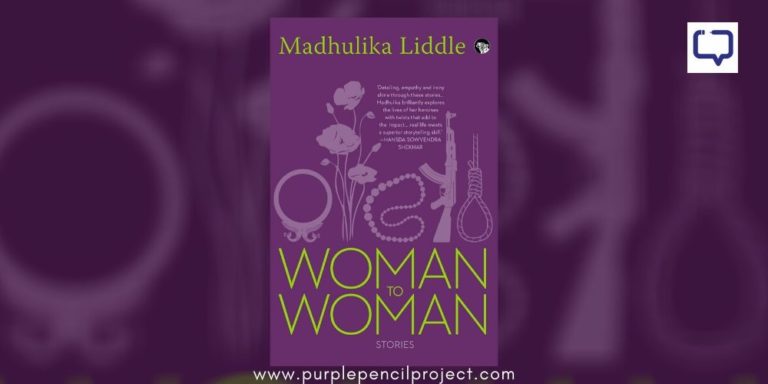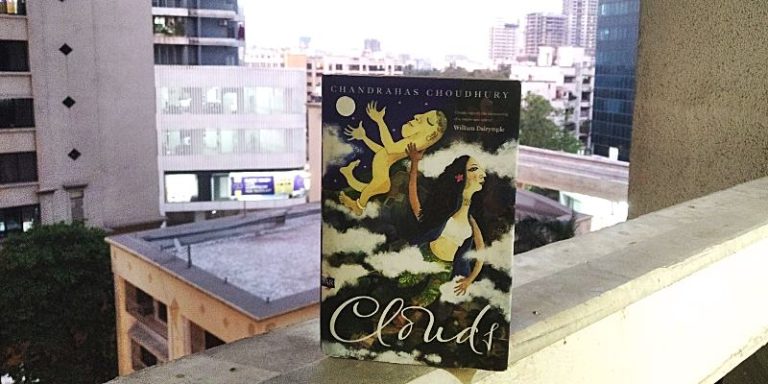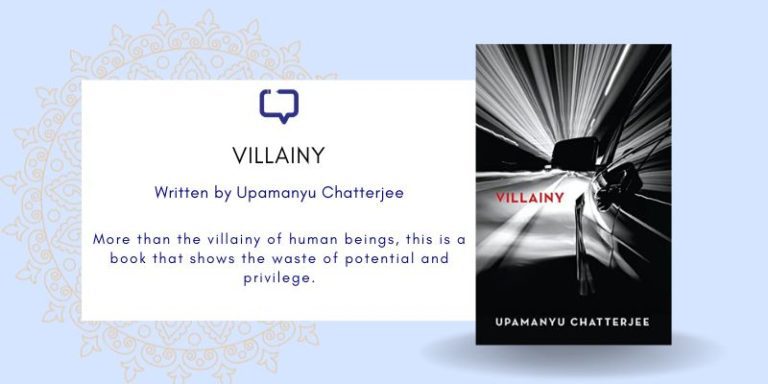The Worlds Within You by Shreya Ramachandran, a book about mental health, travels back and forth in memory and metaphors to confront mental health issues and find small moments of support within all the chaos.
We encourage you to buy books from a local bookstore. If that is not possible, please use the links on the page and support us. Thank you.
Introduction
On some days, tears waiting to fall colour everything blurry. Ami, the protagonist of this book about mental health, inhabits a space between normalcy and deep sadness. As readers, we are invited to the worlds within her that colour the disparate thoughts marking our unnamed sadnesses. Sometimes they are birthed by grief that hasn’t come to close. In others, they are for memories left bleeding in the mind’s eye. In these moments, Ami shows us vivid details, and memories of calm within pasts. She discovers how these may help us confront our disoriented selves.
Here’s what happens in The Worlds Within You
The Worlds Within You opens with Ami returning to her home town in Chennai from her university in the UK. She is the first-person narrator of this story. We read that she has decided to take a break after her first year of graduate studies. This is much to the disapproval of her father. During this time, many memories return to Ami. Some of them are of her grandfather, and the events surrounding his death. Others are of growing up with her younger sister, Sam. She finds herself struggling to process her unending grief, numbness, and the avalanche of thoughts that envelop her mind.
During this period, Ami decides to offer a writing course to the members of the literary society at her sister’s school. Through the course of these writing classes, Ami confronts her own declining mental health. Through instances of high school drama and interactions at home, she tries to understand her family and friends. These moments bring her close to realising what it means to find support for a fragile self.
A book about mental health, and more
Although the theme of the book is mental health and compassion, the book itself offers no consolation. This could be a reflection of Ami’s mental state. There is a presentation of contention within families. The story reveals how male members often forget the importance of emotional support while concentrating on monetary concerns. Consequently, male mental health concerns in old age are brushed away – as with Ami’s thatha in his last few months. However, Ami’s mother and sister are sensitive. They are often more open to providing a support system for her during spells of unrest. The novel is therefore a representation of what declining mental health, specifically depression and anxiety, can feel like. The prose includes references to songs, places, and pop culture that interweaves these moments of ennui.
The narrative is not only attentive to Ami’s struggles. It also provides a poignant picture of how loved ones struggle with worry and anxiety among those living with mental illnesses. In addition, the narrative captures metaphors of light, sound and calm through Ami’s reminiscences. These are a source of comfort to Ami and often shape her love for writing and literature. Through these details, the story encapsulates the therapeutic powers of art.
The narrative is clear and simple in terms of writing. Metaphors of fond nostalgia colour the memorial accounts in the narrative. It reflects the mood of trying to make sense of one’s discord with seemingly free-flowing worlds around. Moreover, the details and musical references make it a quick and interesting read.
Click to read a list of books about mental health
However…
The non-linear narrative which breaks to offer the reader flashbacks can be disorienting at times. The reader wonders what exactly it is about a particular memory that haunts the protagonist. The protagonist inhabits an upper-middle-class, urban world. The narrative has ample references to English hymns, Owl City’s Fireflies, British literature, and films ranging from Dead Poets Society to Nights in Rodanthe. The teenagers in the novel seem self-sufficient with their house parties, library visits, and cafeteria haunts. For those who are from other sections of society, these worlds and their details may seem alienating. Further, it could be unrelatable to their own sadnesses.
Another concern in the text was the way in which the character – Ami herself – comes across as condescending to people of working-class backgrounds. For instance, Ami specifically mentions how Micheal, the school clerk has a family photograph shot against a studio background of “technicolour” flowers. After this, she “teases” him asking whether the photograph couldn’t have been shot against something simpler. One finds this quite insensitive to the expression of class difference. She repeats these patterns of thought and expression in many instances. There is an exaggerated expression of disgust for hospital tea, unnecessary comments about women who shop at discount sections, and disdain for service sector workers.
Best Quotes
“I remember when this was enough: me and Sam and a purple, mosquito filled evening.”
The Worlds Within You, 10
“When I leave the clinic and blink in the fresh light, I imagine my disease – is it a disease? – like my skin, a barrier between me and the world, between raw nerve and fresh air.”
The worlds within you, 156
“Maybe if you say something enough times, it becomes a medical fact rather than the first thing you say when you talk about yourself. Easier to hide. A part of you, but separate. Like a pet dog, with you but not you.”
I think of J.D. Salinger, who said he was in love with a TV star. How he wrote letters that never got answered. I never want to fall in love with something that isn’t real, but I don’t want to feel real, either.
The Worlds Within You, 161
Conclusion
The Worlds Within You, a book about mental health, is best suited for young adults. For those from urban English backgrounds, the themes of familial and mental conflict, high school drama and urban English pop references make for a relatable and relevant read. The novel may not satisfy your literary standards. But it will surely fill you with nostalgia for an urban middle-class upbringing.






















